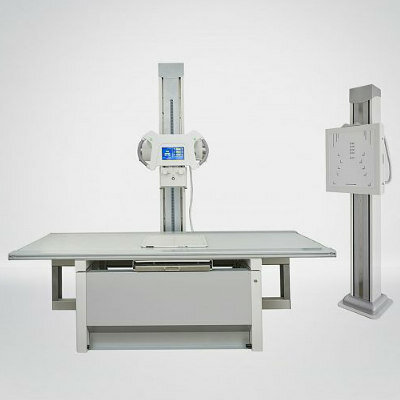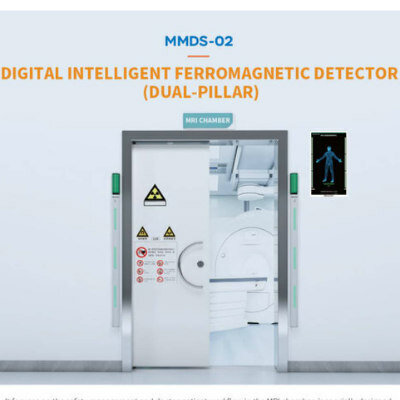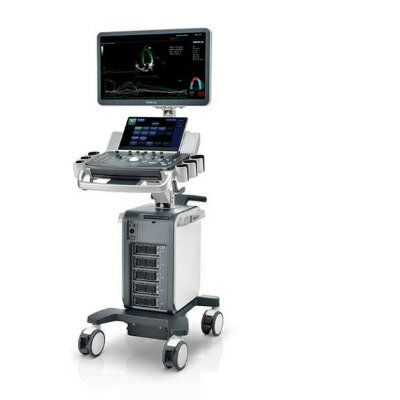Advanced Radiotherapy Delivers Total Marrow Irradiation Treatments for Patients with Blood Cancers
By MedImaging International staff writers
Posted on 23 Aug 2011
Advanced radiotherapy can be used to treat patients with blood cancers by delivering rapidly and accurately “clinically favorable” total marrow irradiation (TMI), according to a team of noted cancer treatment experts.Posted on 23 Aug 2011
The investigators presented their findings at the 2011 joint meeting of the American Association of Physicists in Medicine (AAPM) and the Canadian Organization of Medical Physicists (COMP) in Vancouver, Canada, in August 2011. Their recent study on this RapidArc radiotherapy, developed by Varian Medical Systems (Palo Alto, CA, USA), was published online in August 2011 as an article in press, ahead of publication, is slated to appear in an upcoming issue of the International Journal of Radiation Oncology*Biology*Physics.
“Compared to conventional IMRT and tomotherapy, RapidArc appears to improve on the dose distribution, in terms of normal tissue sparing, as well as on the efficiency of treatment,” said Bulent Aydogan, PhD, associate professor of medical physics at the University of Chicago (IL, USA) and the director of medical physics at the University of Illinois at Chicago (UIC; USA).
Dr. Aydogan and his collaborators planned and delivered, in their recent dosimetric feasibility study, RapidArc TMI treatments for six patients, and then compared the treatment plan parameters, including median dose, mean dose, and maximum dose, to fixed-gantry and tomotherapy plans for the same cases. They found that RapidArc generates dose distributions that are comparable to traditional intensity-modulated radiotherapy (IMRT) in terms of target coverage, but with improved normal tissue sparing.
The RapidArc treatments could also be delivered much more efficiently, requiring approximately 18 minutes once a patient was positioned for treatment. By comparison, treatment times of 45 to 50 minutes have been reported for TMI delivered using conventional IMRTand tomotherapy. “The data presented in this study demonstrate the utility of RapidArc technology in providing exceptional target coverage and normal tissue sparing even for difficult techniques like TMI,” the study authors emphasized. Based on their findings, the authors are planning to test the clinical feasibility of RapidArc for treating patients with multiple myeloma at the University of Chicago.
Radiotherapy, in combination with chemotherapy, can be employed to destroy tumor cells and suppress the immune system in preparation for a bone marrow transplant. Healthy bone marrow stem cells are then infused into the patient’s bloodstream. The new cells migrate to the bone cavities and begin producing normal blood cells.
“Historically, radiation oncologists used total body irradiation, or TBI, to prepare patients for these transplants. But TBI is not ideal, as it targets the entire body and causes too much damage to surrounding healthy tissues and organs, especially at dose levels high enough to be effective,” explained Dr. Aydogan. “Our studies have examined the feasibility of using linear accelerators to deliver IMRT to target not the whole body, but the bone marrow, and to minimize exposure of surrounding organs like the lungs, heart, liver, kidneys, brain, eyes, oral cavity, and bowel.”
As part of a phase I clinical trial at UIC, Dr. Aydogan and his colleagues have collaborated with Damiono Rondell, MD, professor of hematology oncology and the director of stem cell transplant program, to treat seven patients with advanced disease using intensity-modulated total marrow technique (IM-TMI). “The major drawback of the IM-TMI technique is the amount of time it takes to deliver the treatment. In this latest study, we looked specifically at RapidArc and found it to be a viable approach for accomplishing TMI within a clinically acceptable timeframe,” Dr. Aydogan said. “While patients at high risk of hematologic malignancy often do better after stem cell transplants, they still have had a high rate of disease relapse, particularly when treated using radiation-free regimens. We are hopeful that TMI will enable us to add targeted radiotherapy into the mix, for a better chance at disease-free survival with fewer complications.”
Since the technology was introduced in 2007, over 1,000 RapidArc radiotherapy-enabled systems have been installed at hospitals and clinics around the world. RapidArc treatment plans are produced using Varian’s Eclipse treatment planning software, which is cleared by the US Food and Drug Administration (FDA) for planning photon, electron, and proton beam radiotherapy for patients with malignant or benign diseases.
Related Links:
Varian Medical Systems
University of Chicago
University of Illinois at Chicago













